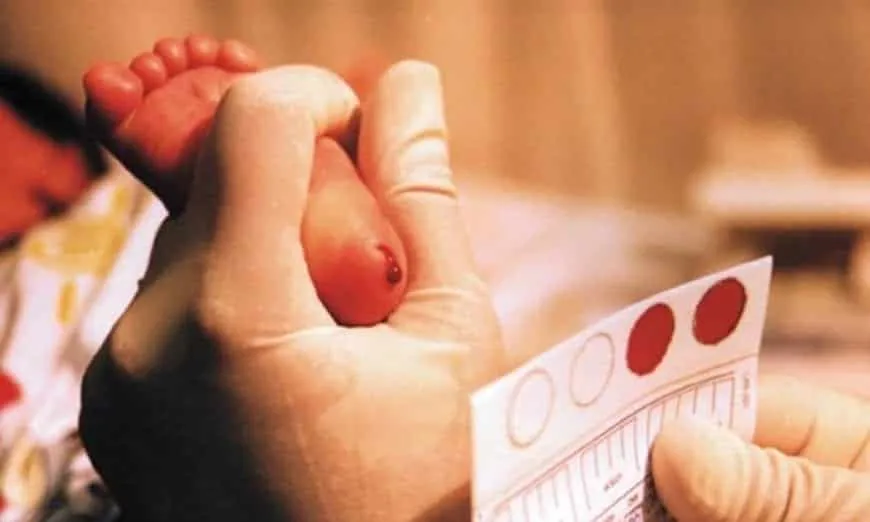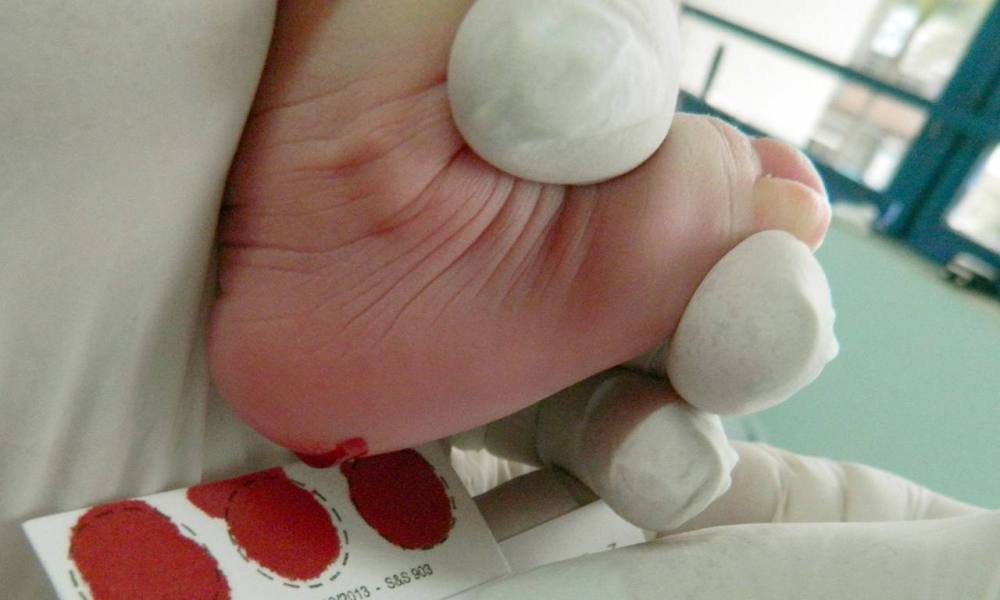The heel prick test is one of the most important exams performed on a baby, and parents need to be aware of when and why to do it.
You’ve probably heard of the heel prick test, but do you really know what it is? Basically, it is an exam carried out using blood taken from the baby’s heel. The test is done to identify and prevent the development of genetic or metabolic diseases that can trigger cognitive impairment in the child.
Furthermore, testing is important for newborns because many diseases have no symptoms at birth. If they are not treated early, they can lead to intellectual disability and cause serious damage to the child’s quality of life. The test is done on the foot because the area is well irrigated with blood, making it easier to perform.
Currently, the heel prick test is mandatory by law throughout the country. Consequently, several maternity hospitals already perform the test routinely, before hospital discharge, after 48 hours of the baby’s life.
How is the heel prick test done?

Firstly, it must be said that all newborn children must undergo a heel prick test within the first 48 hours of birth, up to the 5th day of life at the latest. This is the only time the exam will be carried out in a person’s life. Furthermore, the test does not cause any side effects on the baby.
The test is carried out by collecting a blood sample from the baby’s heel and removing a few drops of blood for analysis. Furthermore, the exam can be taken free of charge in hospitals throughout Brazil through the Unified Health System (SUS).
Finally, we can say that basically 6 diseases can be identified with the test. They are: congenital hypothyroidism, phenylketonuria, congenital adrenal hyperplasia, biotinidase deficiency, cystic fibrosis and hemoglobinopathies (diseases that affect the blood).
Did you like this article? Then you’ll also like this: 7 points to massage on your baby’s foot that will instantly calm him down
Source: My Life
Image: PGE TO Life and Action

Sign up for our newsletter and stay up to date with exclusive news
that can transform your routine!
Warning: Undefined array key "title" in /home/storelat/public_html/wp-content/plugins/link-whisper-premium/templates/frontend/related-posts.php on line 12
Warning: Undefined array key "title_tag" in /home/storelat/public_html/wp-content/plugins/link-whisper-premium/templates/frontend/related-posts.php on line 13




